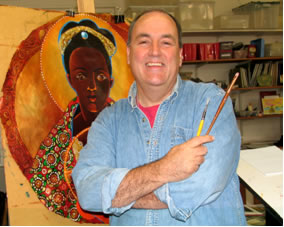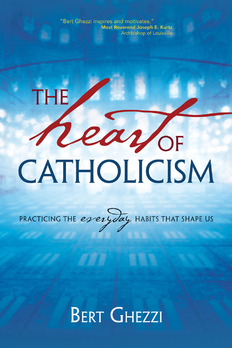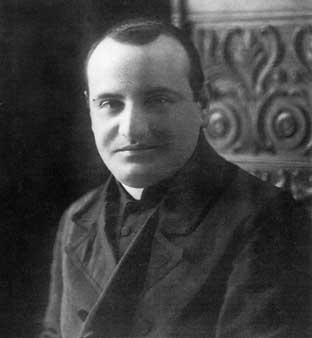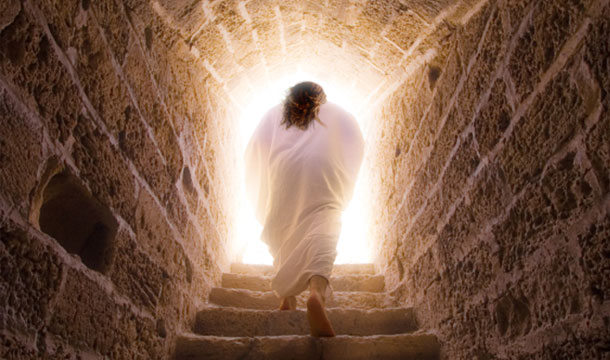First Encounter of a Close Kind
 I met Brother Mickey O'Neill McGrath,OFSF and discovered his art in the early part of the 1980's. A friend serving as an associate pastor had designed a creative program on social justice for the Confirmation candidates. The first part of the presentation was a film on the life of St. Thea Bowman, Almost Home. which illustrates her riveting spirit, infectious joie de vivre, her activism and love of God, living fully until she died at the age of 57. (To read more about St. Thea Bowman, click here.
I met Brother Mickey O'Neill McGrath,OFSF and discovered his art in the early part of the 1980's. A friend serving as an associate pastor had designed a creative program on social justice for the Confirmation candidates. The first part of the presentation was a film on the life of St. Thea Bowman, Almost Home. which illustrates her riveting spirit, infectious joie de vivre, her activism and love of God, living fully until she died at the age of 57. (To read more about St. Thea Bowman, click here.
The second component of the presentation involved the work of a brand new Catholic artist, Brother Mickey O’Neill McGrath, OFSF, who presented This Little Light of Mine, his painting of St. Thea Bowman, one of his favorite saints. Brother Mickey offered insights through St. Thea’s life and work. His art piece described how the Spirit of God shines through us as our own personalities and gifts emerge to light up the world and create positive change, like St. Thea Bowman.
The third component of the presentation included a small ensemble of jazz musicians who led us all in sung prayer, which included This Little Light of Mine, one of my all time favorite hymns. After that phenomenal afternoon, I was hooked on Brother Mickey’s art.
Since that first encounter, I’ve been lucky enough to attend and thoroughly enjoy several more of Brother Mickey’s national presentations. Brother Mickey’s brush and paint disclose the God of delight and mirth; his art uncovers a playful and lively God that gently probes us to let go of anxieties, struggles and fears and not take ourselves too seriously. Yet, like any really great art, the more you study Brother Mickey’s paintings, you begin to uncover nuggets of wisdom, truth and healing that take you by surprise that draws you back to see what surprises Brother’s Mickey’s art will reveal. And Brother Mickey is like the sunshine - he just lights up a room.
 There’s a new book in town: Good Pope John XXIII: quotes and quips from the Prophet of Peace
There’s a new book in town: Good Pope John XXIII: quotes and quips from the Prophet of Peace
When Fran Rossi Sypylczyn, author of There Will Be Bread and marketing associate for Clear Faith Publishing asked if I would consider reading and reviewing Brother Mickey’s latest book on one of my favorite people, Good Saint John, I couldn’t say yes quickly enough. I knew for sure that I would be in for a treat. However, I received far more than I anticipated.
Brother Mickey’s book Good Saint John XXIII is one of those gems that can entice the child within each one of us to emerge. Indeed, you can read with a youngster sitting in your lap and delve into Brother Mickey’s animated paintings and cartoons that make you smile, laugh out loud, whisper a prayer and encourage a prayerful adventure into the mysterious world of the sacred.
Brother Mickey suggests using the book as a resource of prayer and respite, to renew and invigorate faith, to create an opportunity for some good one-on-one time with the Holy within. Since I received the book, I’ve keep it on the top of my many ‘piles’, so when the mounds swell up and work or other life distractions become an obstacle to prayer, Good Pope John XXIII: quotes and quips from the Prophet of Peace is within my reach for a moment of reprieve. Whatever the experience as I read through the text or dwell on Brother Mickey’s art, I notice that I always leave the book with regret and with a smile on my face and peace in my heart.
Two saints and pope, two popes and a saint
Brother Mickey integrates the wit and wisdom of Pope St. John XXIII, Pope Francis I and St. Frances de Sales, the founder of the religious order to which Brother Mickey belongs. In his young years as a seminarian, Angelo Roncalli (Pope John XXIII) discovered the spiritual writing of Francis de Sales in de Sales’ spiritual classic Introduction to the Devout Life. The young Roncalli began a hand written diary and continued that discipline until he died. The entries were published as a collection after his death as Journal of a Soul. St. Francis de Sales appears as a mentor and spiritual companion throughout so many of Angelo Roncalli's journal entries.
Brother Mickey intertwines the sayings and quips of Pope John with St. Francis de Sales and Pope Francis I. Intermingled with the art and cartoons are short written explanations of the life of Pope John, how Francis de Sales influenced his thinking and spirituality and how closely Pope Francis thinks, speaks and prays like these two saints. For example, in the section that Brother Mickey writes about Pope John’s years as a diplomat, the artist gives us three quotes from two saints and a pope:
“To change the world we must change ourselves.” St. Francis de Sales
“I have always been more concerned with what unites than with what separates.” Pope John XXIII
“The future is in the respectful co-existence of diversity.” Pope Francis I
Humor galore
Pope John’s humor is widely documented. Brother Mickey expands on the humor in a section of the book called The Lighter Side of Good St. John XXIII. The captions capture the hilarity in a kind of pictorial Where's Waldo. You’ve got to search for the little dove (a.k.a. the Holy Spirit), who hides in the crevices and crannies and hangs out with Pope John in a series of comical depictions and quips. (My favorite is the pope sleeping with the dove wearing a beauty night mask – so great.)
Refreshing Aggiornamento
The Sources and Acknowledgment section of the book offers the reader an opportunity to mine the life of Pope John XXIII. However, I think that this little jewel of a book can stand on its own and be what Brother Mickey writes as his hope – a way to come to discover the living God who renews and restores us.
The book Good St. John XXIII veers from sarcasm, pessimism and “those prophets of doom who always foretell catastrophes as though the world were close to its end.” (Pope John XXIII, opening address of The Second Vatican Council). Rather, Brother Mickey follows the lead of two saints and a pope and steers us with his art and texts straight into hopeful confidence, a breath of fresh air and refreshing aggiornamento that inspires and impels us propel us forward to a new Pentecost within us and a new dawn of renewal in the church.
Perhaps you're looking for a new way to pray, to come to know God. Maybe you just want to read something different and enjoy some great art and good humor. Give Good Saint Pope John XXIII a try. Through Brother Mickey’s joyful art, tender humor and gentle prodding, readers come to know the living God within each of us, who always wants to spend time with us to restore and refresh us and, as Pope John XXIII said, “to make the human sojourn on earth less sad.”
I couldn’t agree more.

 Denise Morency Gannon
Denise Morency Gannon


